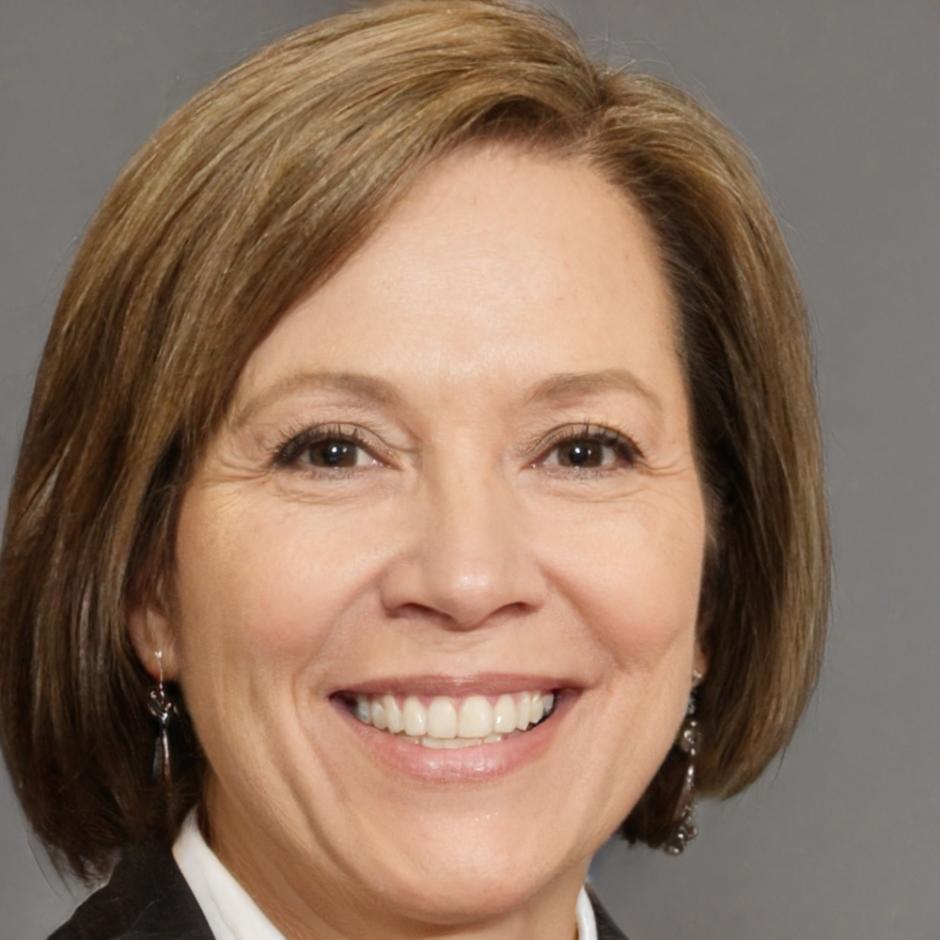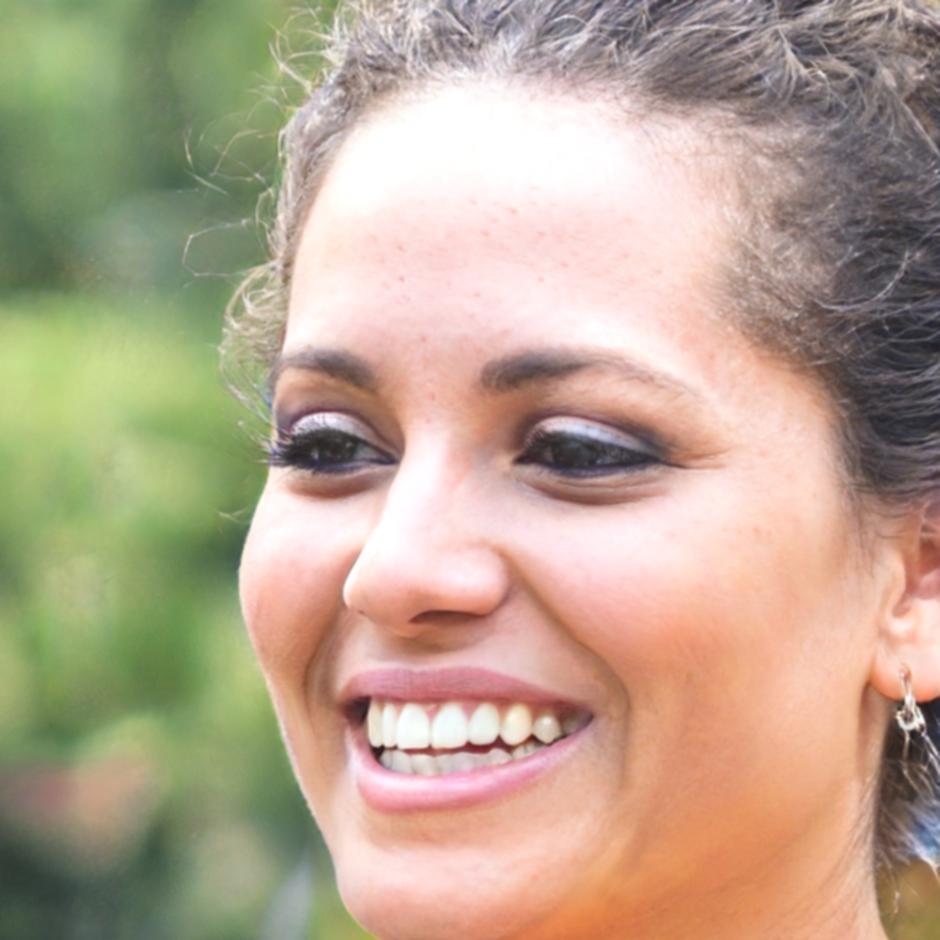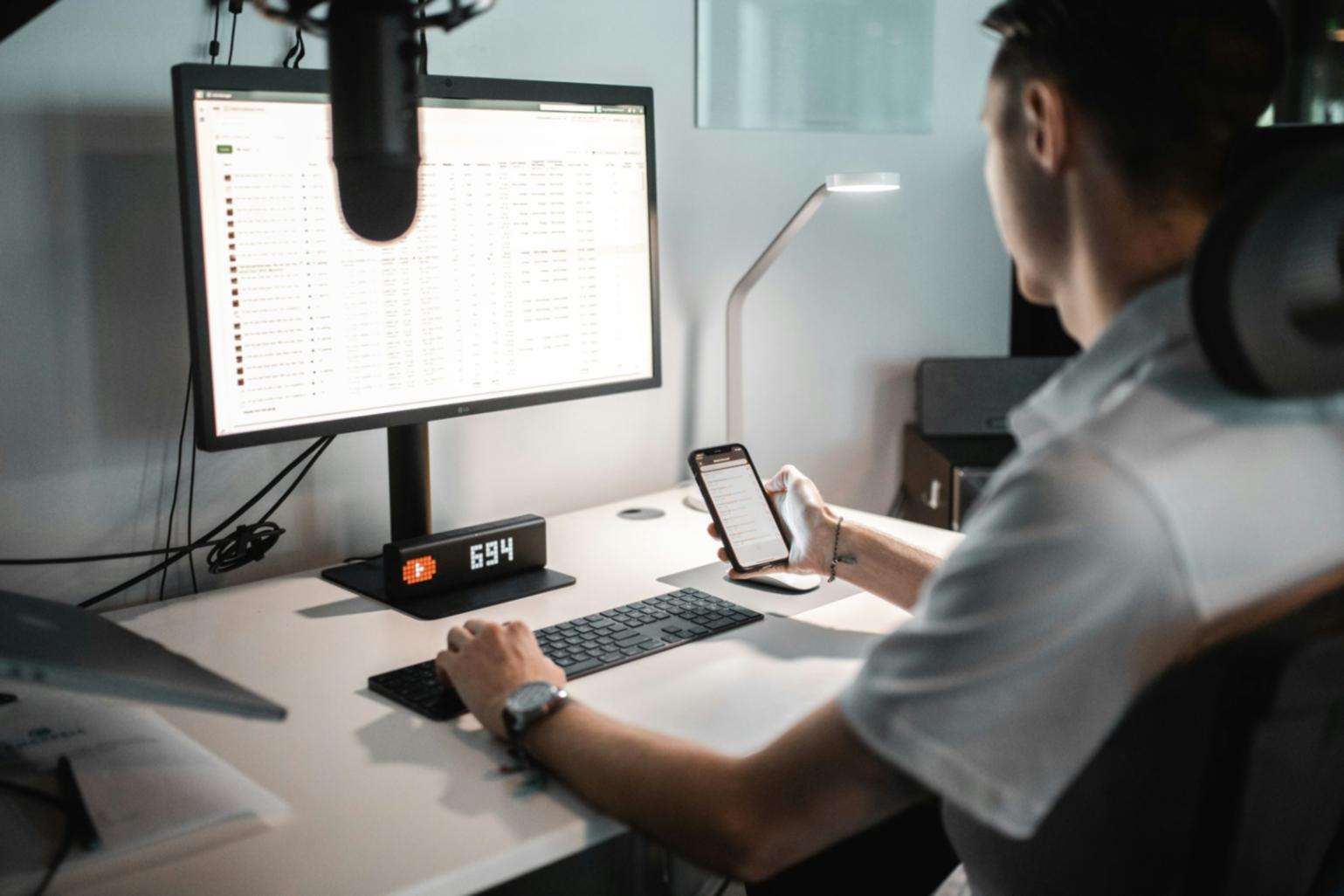
Petra Lindstrom
Started March 2024 • Finished September 2024Petra worked in hotel management and kept seeing financial reports she couldn't interpret. She felt embarrassed asking what the numbers meant. She joined our program nervous about math and technology. The first three weeks were rough—she rewatched the accounting fundamentals videos four times. But then something clicked during a live session when she worked through actual hotel financial statements.
Now she reviews monthly reports for her property and can spot problems before they become crises. She told us the breakthrough came when she stopped trying to memorize formulas and started understanding what the ratios actually revealed about business operations.



